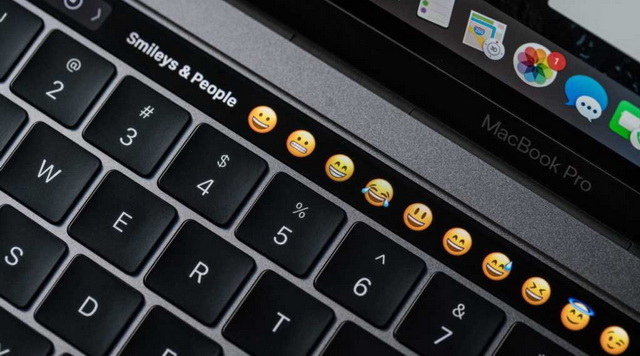SIMPLE. QUICK. RESPONSIBLE SED SPEND
NO WAY TO GO BUT DIGITAL
Apple has withdrawn from the sale of the MacBook with Touch Bar
Apple has decided to finally remove the MacBook Pro with Touch Bar from sale, thus completing part of its history. This unique touchpad was introduced by the company in October 2016 and replaced the traditional physical function keys on the top of the keyboard.
From the very beginning of the appearance of the Touch Bar, users began to express their complaints about it. They noted that it creates inconveniences when typing, since icons on the touch screen are not as easy to feel as physical keys, which forced users to look away from the screen to check the keys.
In addition, third-party application developers have not shown much interest in integrating Touch Bar, which has limited the potential of this technology. Over time, even Apple itself stopped actively developing this feature, and new versions of the MacBook Pro returned physical keys instead of Touch Bar.
Despite the appearance of versions with M1 and M2 chips, the company decided not to release a model with M3 and finally removed the MacBook Pro with Touch Bar from its range. Now customers can choose between the MacBook Pro 14 and 16 inches, as well as models of the MacBook Air line. This decision certainly reflects a change in the company's priorities and strategy focused on meeting the needs of users.
Touch Bar is a touch panel that was first introduced by Apple in 2016. It replaced a number of physical function keys on the top panel of the MacBook Pro keyboard. Touch Bar has many features and can adapt to different applications and tasks, which makes it multifunctional.
Depending on the context of use, the Touch Bar can display additional keys, editing tools, sound volume, screen brightness control, as well as control of multimedia applications. This allows users to quickly and conveniently access various functions and settings specific to a particular application or scenario.
However, since the very beginning of the Touch Bar's existence, it has faced criticism and controversy among users. Some found it inconvenient and preferred traditional physical keys, since the icons on the touchpad were less tactile and required attention when used. Over time, the initiative of developers when creating applications using Touch Bar also turned out to be low, which limited its potential.
So, Apple's decision to abandon the Touch Bar is indicative of a company that responds to user feedback and seeks to simplify the user experience by returning physical keys to the MacBook Pro.



